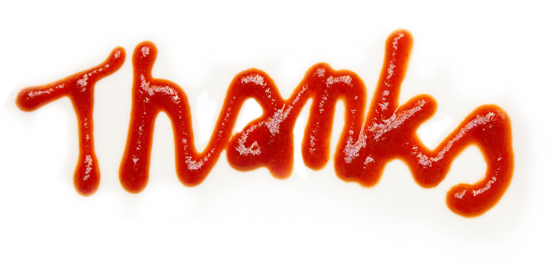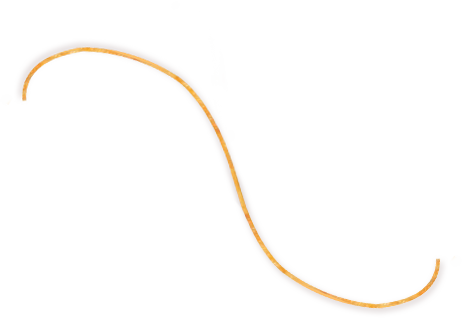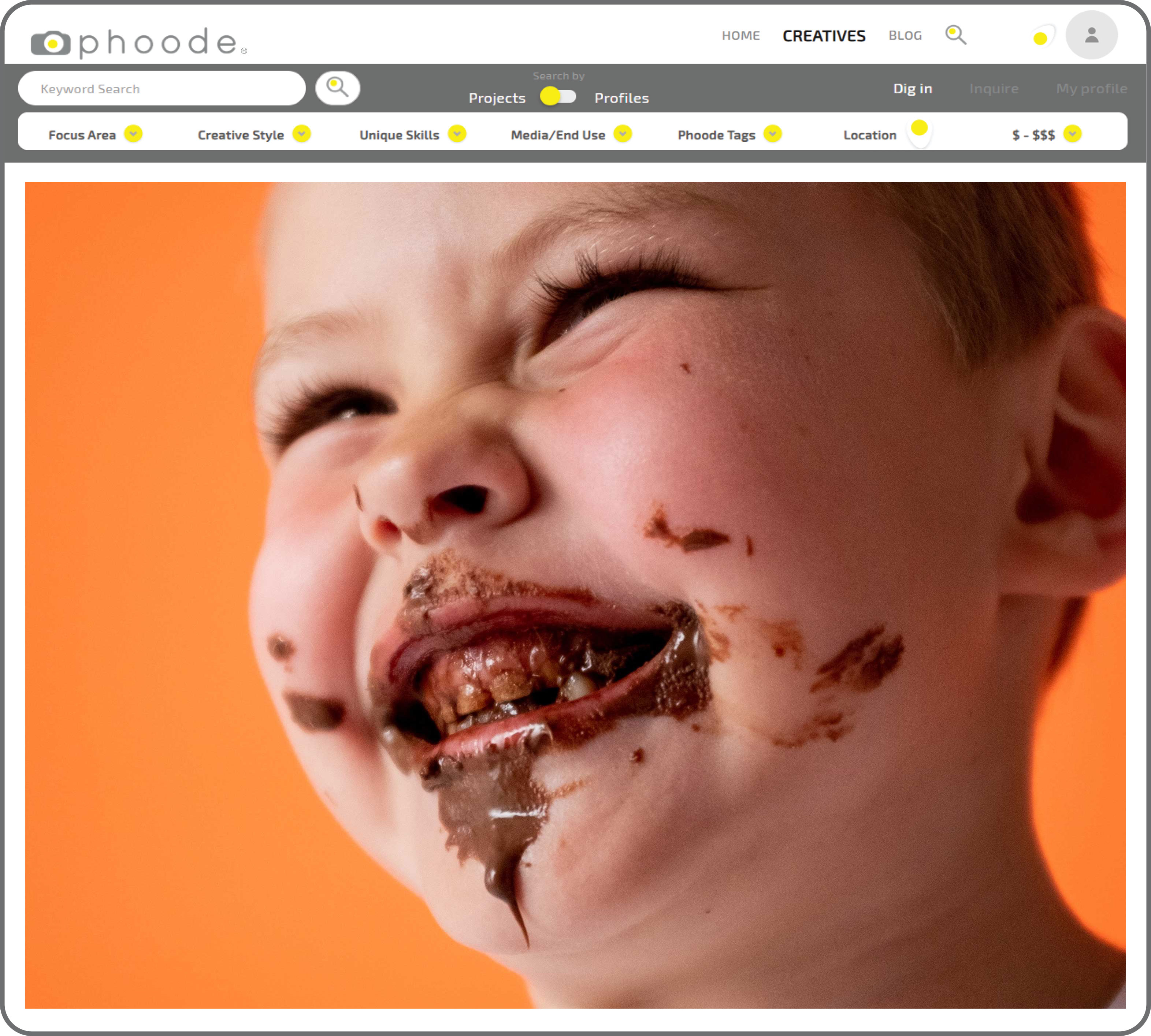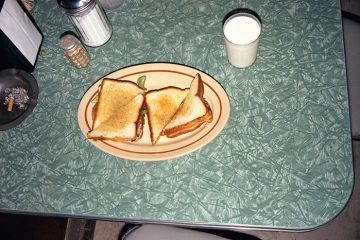How Genuine Creativity Works: Breaking Free from Mediocrity of Modern Marketing
In an era dominated by algorithm-driven ads, AI-generated visuals, and endless A/B testing, it’s easy for food and beverage CPG brands to blend into the digital noise. Social media feeds are flooded with polished but forgettable content—stock images slapped with trendy filters, generic captions optimized for engagement metrics, and videos churned out by bots. But amidst this sea of sameness, a vintage event from the 1960s serves as a powerful reminder of what marketing could—and should—be: bold, inventive, and unforgettable.
The moment in question took place in Venice’s iconic St. Mark’s Square, where Coca-Cola orchestrated a stunning display by spreading birdseed to form their logo, luring the square’s famous pigeons to create a living advertisement. This wasn’t about a single photograph—though the resulting image became iconic—it was about experiential CPG marketing at its finest. Visitors to the square witnessed the pigeons forming the brand name in real-time, an organic spectacle that likely engraved memories in the minds of thousands. The photography was merely a documentary of the event, capturing a moment that unfolded live for an estimated audience. Based on historical tourism statistics, Venice attracted around 1-2 million visitors annually in the 1960s, with St. Mark’s Square as a central hub, meaning hundreds of thousands could have experienced or heard about the stunt during peak seasons.
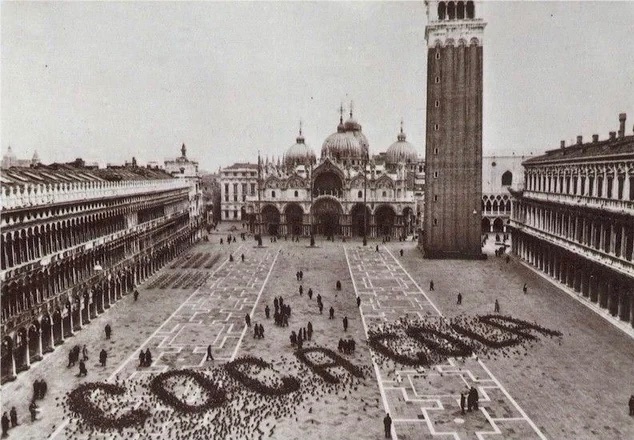
This activation wasn’t born from data dashboards or viral trends; it stemmed from out-of-the-box thinking and a deep understanding of human (and avian) behavior. It cost little more than a bag of seeds and a photographer’s fee—though it likely required some permits from local authorities, as public stunts in historic sites often do—yet it generated buzz that echoed for decades. Contrast that with today’s consumer packaged goods (CPG) landscape, where direct-to-consumer brands chase short-term metrics like click-through rates and conversion funnels. Many fall into the trap of “trial and error” marketing: pump out AI-generated content, analyze the results, tweak, and repeat. There’s no soul, no strategy—just a reliance on tools that prioritize efficiency over impact.
The Flaws in Modern Digital Marketing
As I explored in a recent article on the pitfalls of contemporary marketing strategies, the overdependence on analytics and automation is stifling innovation. Brands are afraid to deviate from the playbook. They invest in expensive ad campaigns or outsource to agencies that promise data-backed guarantees, but the result is often bland and ephemeral. AI, while powerful, is frequently misused to create “random shit” without any underlying narrative or emotional resonance. It’s like painting by numbers: technically competent, but lacking the spark that makes art memorable.
Adding to this, there’s a widespread misconception that effective content and experiential CPG marketing require a fancy toolbox—high-tech gadgets, massive budgets, or extravagant productions. People seem to think that without these, nothing special can happen. Take the Coca-Cola pigeon stunt: while it might have needed a permit (and today, feeding pigeons in St. Mark’s Square is outright illegal, requiring the area to be closed off for such an event), the core production cost was minimal. Yet, in my experience, brands today believe they must spend lavishly on outlandish concepts to stand out. Recently, I was approached as a food creative consultant for an Urban Decay event that involved expensive influencers having a weird dining experience at a car wash in Hollywood, serving food laced with caviar and gold. To me, this screamed over-the-top gimmick (I’ve seen it over and over)—piling extravagance on extravagance without any real substance, relevance, or memorability factor. Why go for such excess when something simpler and cheaper like the pigeon stunt can create far more lasting impact? I think it’s the modern, big-city mindset that lacks true imagination.
This highlights a deeper issue: many don’t understand true creativity. For them, it’s about adding one gimmick atop another, making things flashy but forgettable—form over substance, as some would describe it. As a founder and creative, everything I’ve built—from my Phoode® brand and other businesses and projects—succeeded because of original ideas born from genuine insight, not because I followed a script or playbook. I didn’t spend fortunes; I thought out of the box, listened to what people needed, and took calculated risks. If brand marketers had more imagination, or at least were less afraid and more open to collaborating with truly creative minds—perhaps even engaging psychologists and real sociologists for deeper audience understanding—they’d build stronger, more loyal connections and go much farther.
This approach fails to build lasting brand loyalty. In a saturated market, consumers crave authenticity, connection, and true entertainment. They don’t remember the hundredth sponsored post in their feed or overproduced, over-the-top events; they remember experiences that surprise, delight, or provoke thoughts or feelings they’ve never experienced before. Without deep strategy—rooted in psychology, cultural insights, and genuine risk-taking—brands remain forgettable players in a game of fleeting impressions.
Lessons from Icons: Coca-Cola and Beyond
Coca-Cola’s pigeon event exemplifies how low-cost, high-creativity tactics can engrave a brand into social consciousness. It wasn’t just clever; it was contextually perfect. St. Mark’s Square is synonymous with pigeons, so the activation felt organic, not forced. The live experience for visitors, with the brand name taking shape before their eyes, created a shared moment that photography alone couldn’t capture. The photo’s grainy quality only added to its charm, proving that perfection isn’t always the goal—impact is.
Fast-forward to today, and brands like Liquid Death are carrying the torch. This canned water company has disrupted the beverage industry with edgy, irreverent campaigns that mock traditional marketing tropes. From “Murder Your Thirst” slogans to selling “death” merch and partnering with extreme sports, they’ve built a cult following without massive budgets. Their success? A willingness to be different, to tap into subcultures, and to create shareable moments that feel alive and unscripted. Like Coca-Cola’s pigeons, Liquid Death’s antics stick because they simply dare to be different than anything else and relatable at the same time. They are forging emotional ties that analytics alone can’t measure without, let’s be honest, having a better or outstanding product.
Real-World Wins: Creativity on a Shoestring Budget
I’ve seen this principle in action through my own ventures. With my brand Phoode®, I gained traction not through paid ads, but by zeroing in on what people truly needed: community, fun, and relevance. Phoode® drew users and media attention because it addressed unmet desires in a fresh way. No big spends, no AI crutches—just smart targeting via relevant-to-users content, psychological and professional insight, and a dash of guts and daring.
You don’t need a Fortune 500 budget to make waves. Host pop-up experiences, collaborate with local artists, or stage guerrilla-style stunts that align with your brand’s ethos. The key is to start with understanding your audience’s pain points and aspirations, then finding a place where they go and delivering solutions that surprise and engage. Seems like most people have lost the ability to actually think this way.

The Call to Action: Dare to Be Different (as cliché as it sounds)
In the oversaturated food and beverage CPG market, winners aren’t the ones with the biggest ad spends—they’re the ones who aren’t afraid to step offline and into the real world and use unbound imagination and creativity. Modern marketers, bogged down by digital tools, often overlook the power of tangible creativity and experiential CPG marketing. But as Coca-Cola’s pigeons remind us, a simple idea executed with flair can outshine a million pixels.
If you’re a brand leader, it’s time to audit your strategy. Are you relying on safe, data-driven plays, or are you willing to experiment with the unconventional? Engage with out-of-the-box thinkers, brainstorm wild ideas, and test them in the wild. The rewards—deeper loyalty, organic virality, and cultural staying power—are worth the risk.
In an age of content mediocrity, genuine creativity isn’t just an option; it’s the edge that separates forgettable from legendary. Let’s bring back the magic that makes marketing an art, not a pseudo-science.


